On 5th January, India achieved a significant milestone in its infrastructure journey by clocking 1,000 kilometres to become the third-largest country in the world in terms of metro network.
Rapid transit, popularly known as metro in India, is an urban high-capacity rail system, commonly operated in metropolitan cities with dedicated tracks and moving millions of commuters daily. The metros are not only crucial in transporting people they also promote the economy and society in cities.
Metro in India plays a pivotal role in intracity transportation in the major cities which are highly populated – covering over 1,000 km across 11 states and 17 cities.
Metros have become economic enablers for these Indian cities – offering safety, reliability and convenience, providing jobs, connecting business hubs, reducing environmental pollution and traffic congestion, and promoting sustainable mobility.
40 Years of India’s Metro Network
The history of the metros in India goes back 40 years. On 24 October 1984, Kolkata became the first city to have a metro in India, covering 3.4 km between Esplanade and Bhowanipur. This marked the beginning of metro life in India.
In 1995 the Delhi Metro Rail Corporation (DMRC) was established to bring world-class Mass Rapid Transport to the country’s national capital. The project gained momentum with joint participation from the Central Government and the Government of Delhi.
On 24 December 2002, DMRC opened its first metro corridor between Shahdara and Tis Hazari in Delhi, setting the stage for one of the country’s largest metro networks.
Over the years, many more cities in India were provided with metro services, Bengaluru Metro in 2011, Gurgaon in 2013, Mumbai Metro in 2014, Chennai and Jaipur in 2015, Hyderabad, Kochi and Lucknow in 2017, Ahmedabad, Nagpur, and Noida in 2019, Kanpur in 2021, Pune in 2022, Navi Mumbai in 2023, and, Agra in 2024.
In 2022, India’s metro system surpassed Japan’s to become the third longest in the world, trailing behind China and the USA.
The construction of metro projects is in progress in 6 cities – Bhopal, Indore, Meerut, and Patna with the expected launching of their metro services this year. Surat and Bhubneshwar will be subsequently added.
As we see, the pace of development and expansion of the metro in India has galloped in the last 10 years.
In 2014, India’s metro network was 248 kilometres and limited to five cities, it has now touched 1000 kilometres i.e. over 750 kilometres of new metro lines in 12 cities have been inaugurated in India in the past 10 years.
Delhi Metro system is the longest and busiest metro network in the country with more routes and stations added yearly. The metro length is about 400 kilometres, roughly 40 per cent of India’s metro network.
Along with connecting business hubs, residential societies, and public places, the many metros in Indian cities like Delhi, Chennai and Lucknow, move commuters from railway stations and airports.
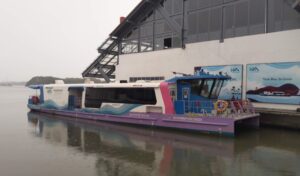
Metro expansion in India has gone beyond just land-based transport, embracing innovative solutions for the future. From under-river tunnels to driverless trains and water metros, India is setting new standards in modern urban mobility.
In 2024, India’s first underwater metro tunnel in Kolkata was inaugurated, where the Esplanade-Howrah Maidan section passes beneath the Hooghly River.
In December 2020, India launched its first-ever driverless metro service on Delhi Metro’s Magenta Line, setting a new benchmark for automation in public transport.
A year later in December 2021, Kochi in Kerala, became the first city in India to launch a Water Metro Project, connecting 10 islands around the city with electric hybrid boats. This Kochi Water Metro moves people through navigable waterways and backwaters that have long been used as a transport network for the scattered local communities.
Future Plans
The future outlook for metros in India is extremely bright, overall 997 km of metro lines are currently under construction across cities. In 2024 alone, 250 km of metro projects worth Rs 1.08 lakh crore (US$ 12.7 billion) were approved for major cities.
The country is on track to become the 2nd largest Metro network in the world surpassing the USA and behind only China.
The Delhi Metro Rail Corporation (DMRC) not only serves as a role model for other metros in India but also the international metro system. DMRC oversees the implementation of the metro in Bangladesh and offers consultancy services in Indonesia (Jakarta).
Countries such as Israel, Saudi Arabia (Riyadh), Kenya and El Salvador are also exploring collaborations with DMRC for metro development projects.
How do Metros in India contribute to Environmental Sustainability?
India is the most populated country and the 5th largest economy worldwide. These two statistics imply that the growing country needs a robust transportation system such as buses, railways, metro rails, etc. Most of the cities face rising urbanisation
Given the challenges of climate change, transportation in India needs to offer solutions to urbanization challenges and meet sustainability goals.
While public transport can tackle the issue of rising private vehicles, congestion and pollution, the decision on the kind of urban transport system is based on several factors – financial resources, population density, landscape, and, environmental benefits.
Metro rail is not the most environment-friendly mode of transportation, given the emissions involved in the large-scale construction, however, it does have many environmental benefits.
A study by The Energy and Resources Institute (TERI), “indicates that metro rail could be considered a more efficient public transport system based on tailpipe emissions. However, an evaluation based on the life cycle of public transport systems indicates that a metro system generates more carbon dioxide (CO2) emissions/passenger kilometres (PKM) as compared to a bus rapid transit system (BRT) system. The same metro system is, however, more energy-efficient [kilojoules (kJ)/PKM] for its full life period as compared to the BRT system.”
In addition, the metro system can reduce noise pollution from cars and buses, significantly contributing to the people’s living environment. Further, compared to buses in India, which are typically stuck in traffic snarls, metros are punctual and time-bound.
Moreover, passengers opting for a metro train ride instead of a motor vehicle save on carbon emissions. In the TERI’s study, it was found that by using the metro rail for travel in place of a road vehicle, a passenger saves about 32.38 grams of CO2 per kilometre.
Another environmentally significant part of metros in India is that almost all cities are adopting renewable energy on a large scale to reduce operational costs while ensuring sustainability. They are also incorporating energy-efficient smart lighting, optimized air-conditioning, natural light to supplement artificial lighting, water-saving methods like rainwater harvesting, etc
Delhi Metro was the first rail-based organisation in the world to claim carbon credits for reducing GHG emissions. It has helped to reduce pollution levels in the city by 6.3 lakh tonnes every year and is also a pioneer in solar power generation with a capacity of about 50MWp.
The Delhi Metro Rail Corporation has taken multiple environment-friendly steps during the construction phase as well like arranging for planting of 10 trees for each tree cut, dust and sound control measures, construction waste segregation etc.
The carbon credits earned by Delhi Metro are for its innovative regenerative braking process, whenever trains on the Metro network apply brakes, three-phase traction motors installed on these trains act as generators to produce electrical energy. The regenerated electrical energy goes back into the overhead electricity lines, saving overall energy in the system as about 30% of the electricity requirement is reduced.
Similarly, other metros in India are also actively engaged in environmental initiatives like rooftop solar panels at metro stations, waste segregation, plantation and transplantation and regenerative braking processes like Delhi Metro.
Wrapping Up
India’s metro systems have come a long way, from the first steps in Kolkata to the advanced technological and environment-friendly features seen today.
With projects expanding across cities and innovations like driverless trains and under-river tunnels, the metro network is not just reshaping travel, but also contributing to sustainable urban development.
Want to know about the benefits of Trams? Read here.
The article is written by Varun, founder of Change Started

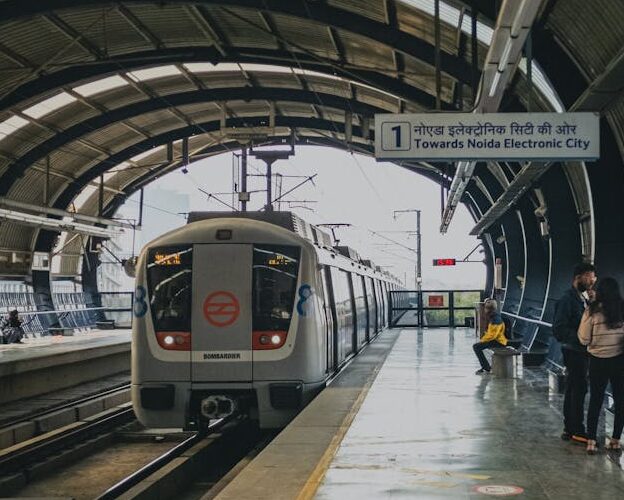
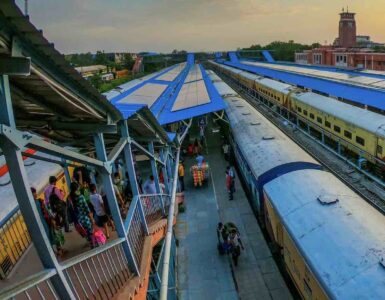
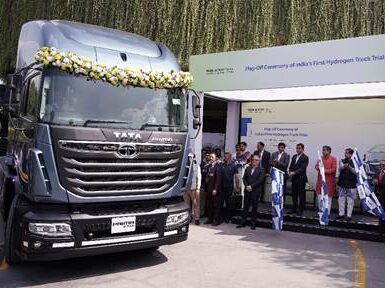

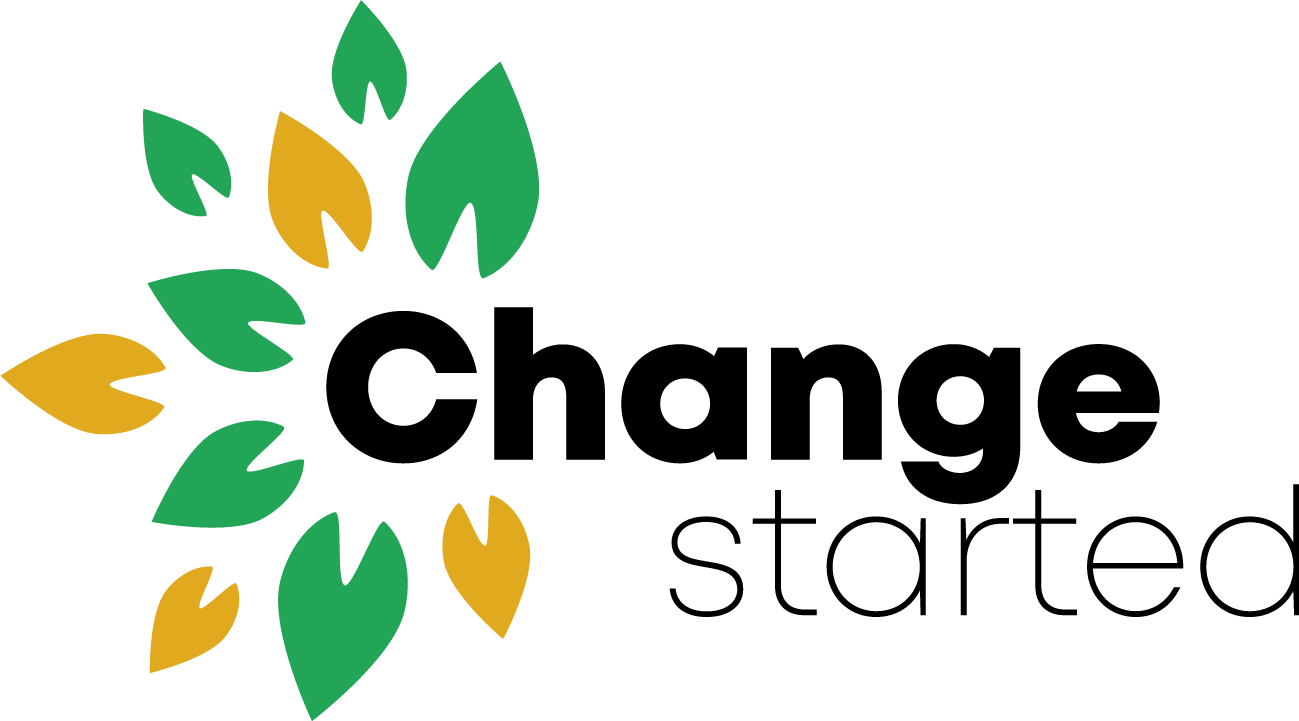
Add comment